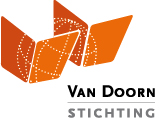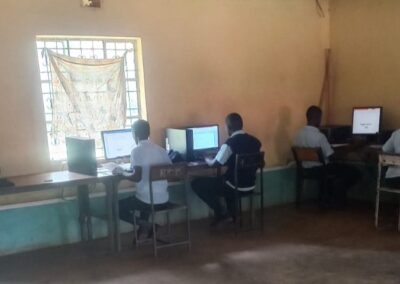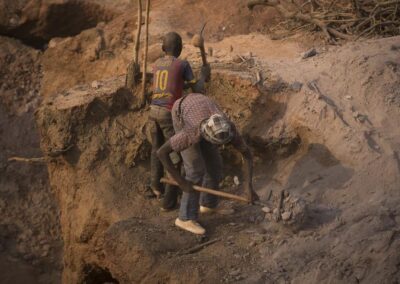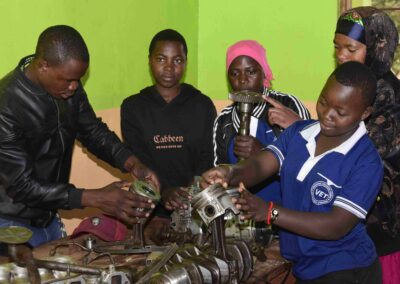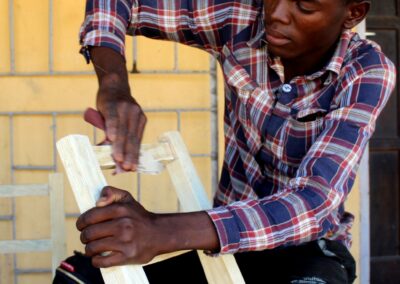An amount of € 4,800 is required to purchase the most needed machines and tools. The Van Doorn Foundation is looking for sponsors to support this project!
Amount collected: € 4,800,-
Project information
The situation
The importance of the project
The percentage of fish in the lake has been diminishing yet it remains the only source of income for the local community. The demand for skilled labour in the job market requires a population that is trained and skilled. The centre will enable youths to acquire these skills that are relevant in the job market and advances self-employment.
The implementing organisation
The envisaged project results
The goal of this project is to equip the school with the necessary training resources (machines and tools) so it can provide adequate and qualitative training.
The institution target is to provide 250 youths with marketable skills every year. Annually 150 girls and 100 boys are targeted to be equipped with skills in areas like tailoring and dress making, hairdressing, welding and fabrication, and carpentry and joinery.
The chance of sustainability
There are plans for the county government to take over the training centre making it a government vocational training centre. Instructors will then be paid by the county government and a government subsidy (€ 90 per student) becomes available.
The practical-oriented training courses enables students to make assignments, deliver products that can be sold, and generate additional income for the centre to pay for the course material.
With instructors’ salaries being paid by the county government, subsidies being provided per student, and revenues generated from the sales of products made by the students, the school will be financially independent.
The results
After almost a year of delay due to the covid-19 pandemic, the container with machines and tools arrived in Kenya in early 2022 and the school could start providing practical lessons in the 2022-2023 school year.
The progress of the project
The training equipment for various training courses have been ordered from the Tools To Work Foundation in the course of 2021. Due to the Covid-19 pandemic, shipments to Kenya have been delayed and are not expected until spring 2022.
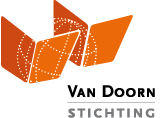
Dear visitor,
We are grateful that you are willing to support us with a donation!
Please fill in the fields below and push the button PAY to transfer the amount by iDeal.
